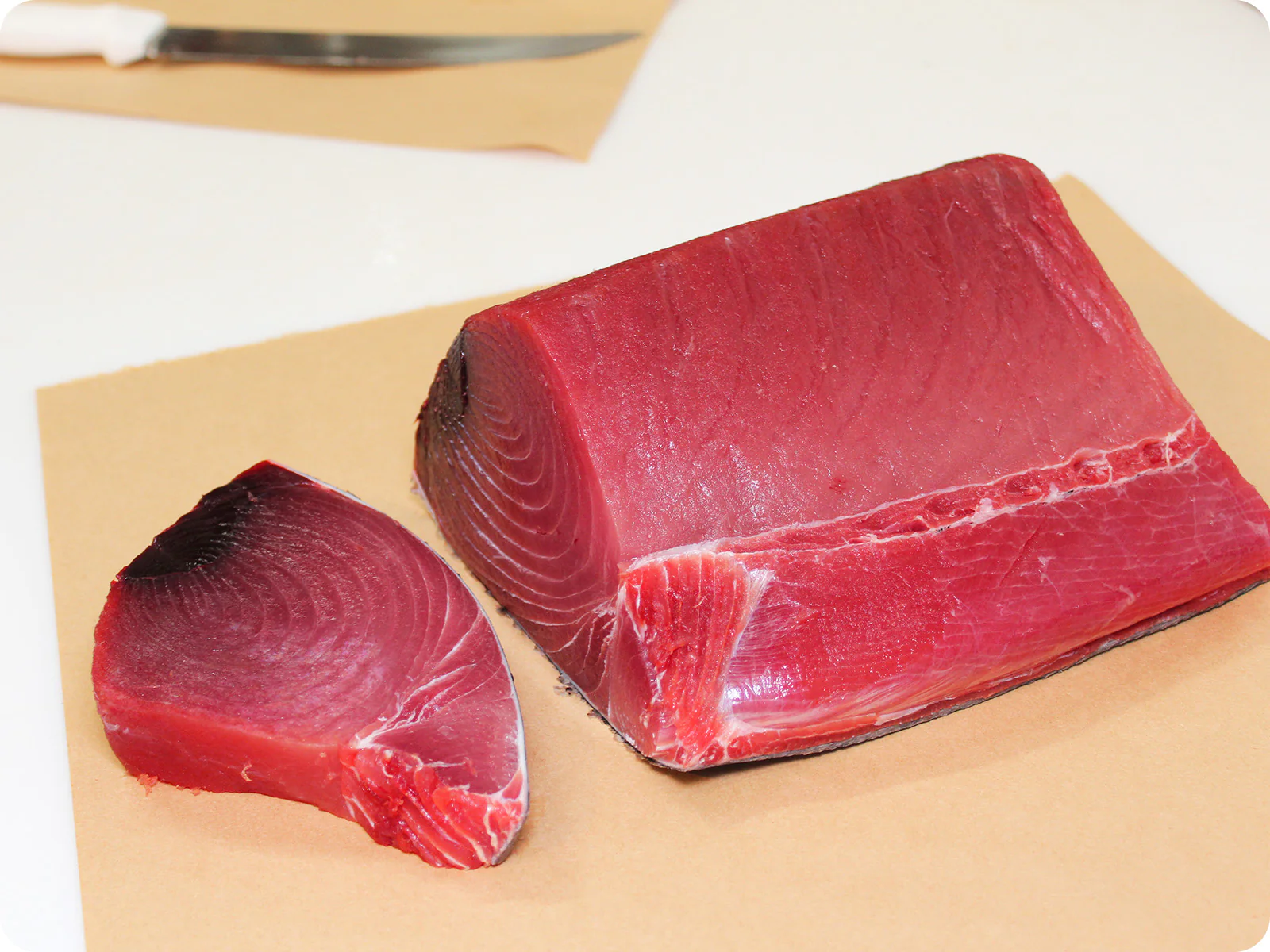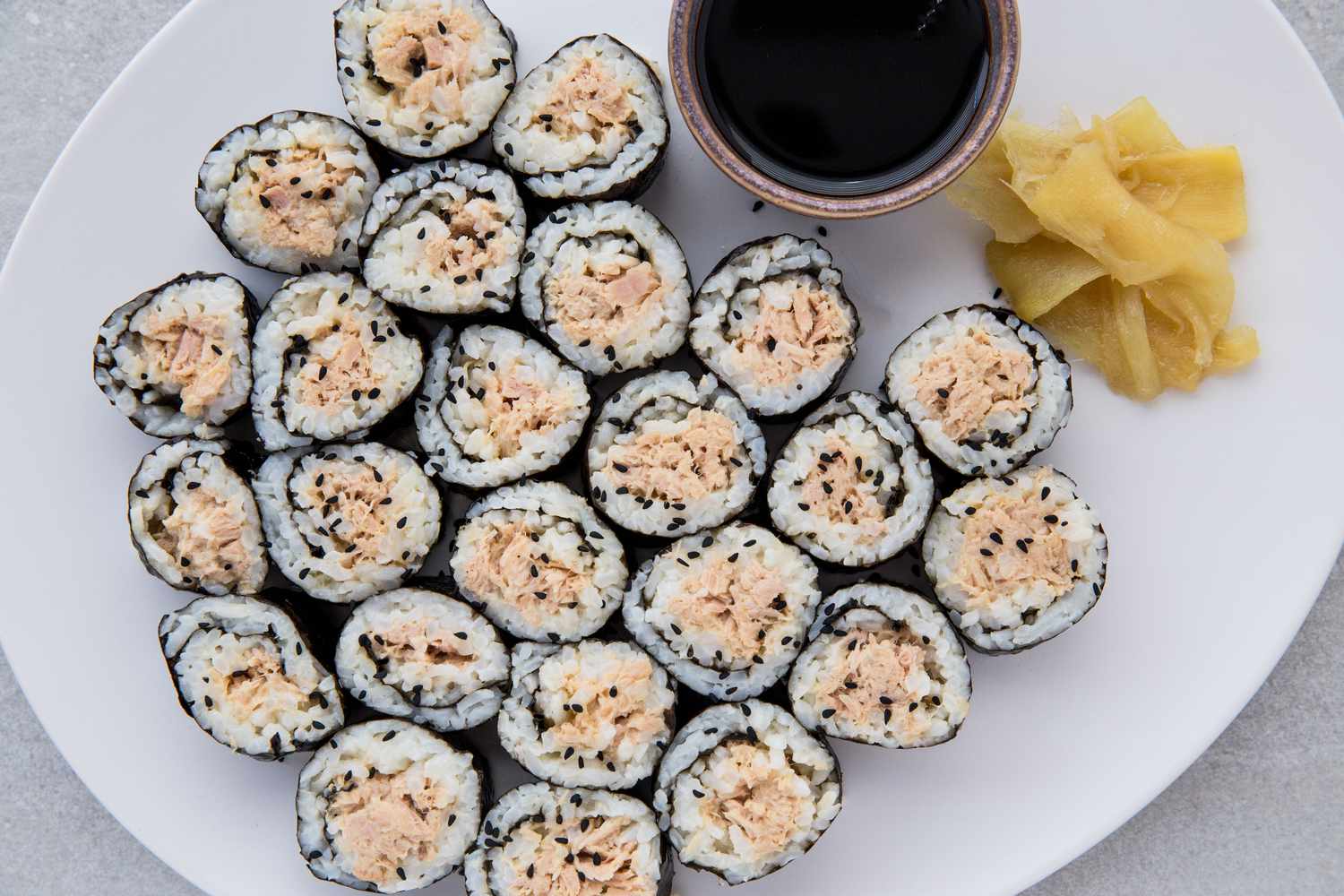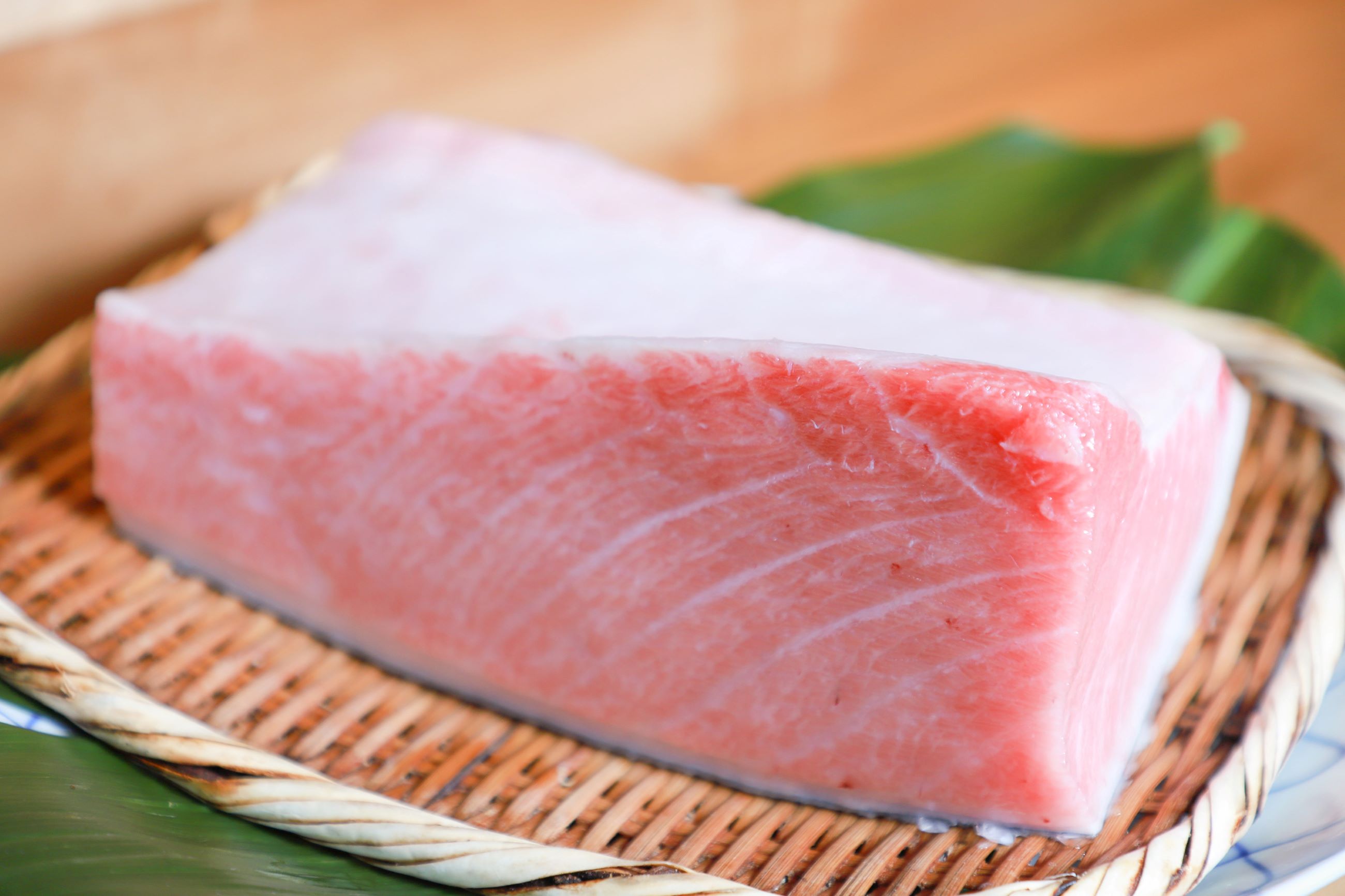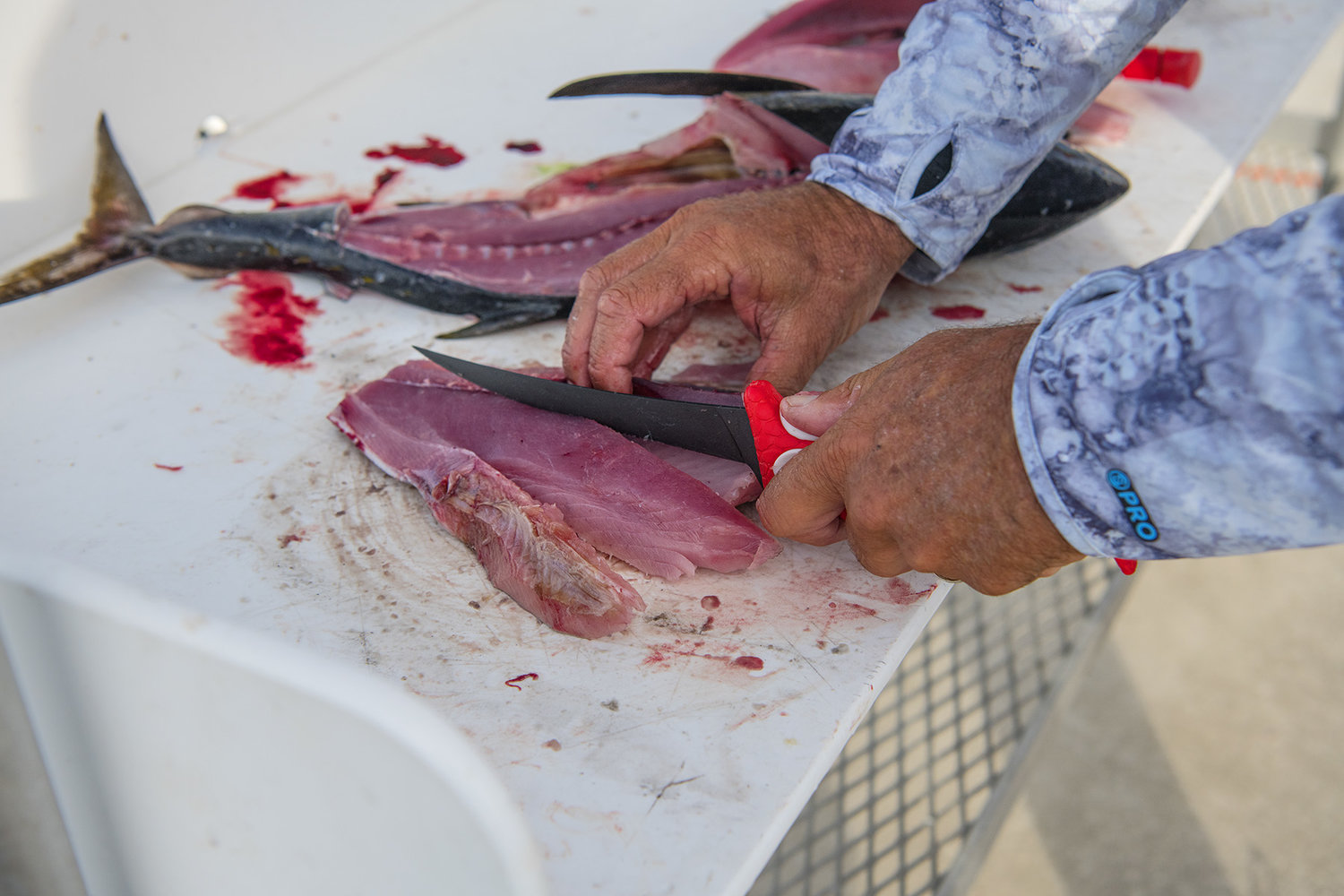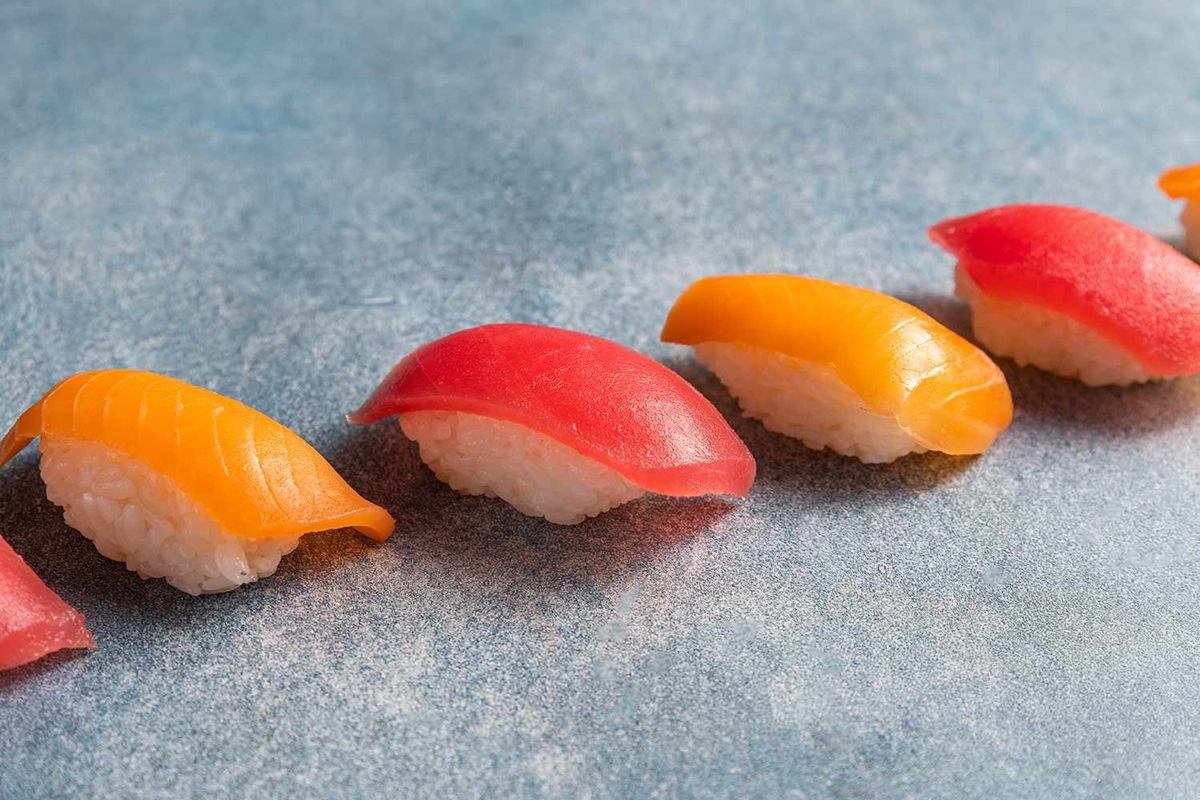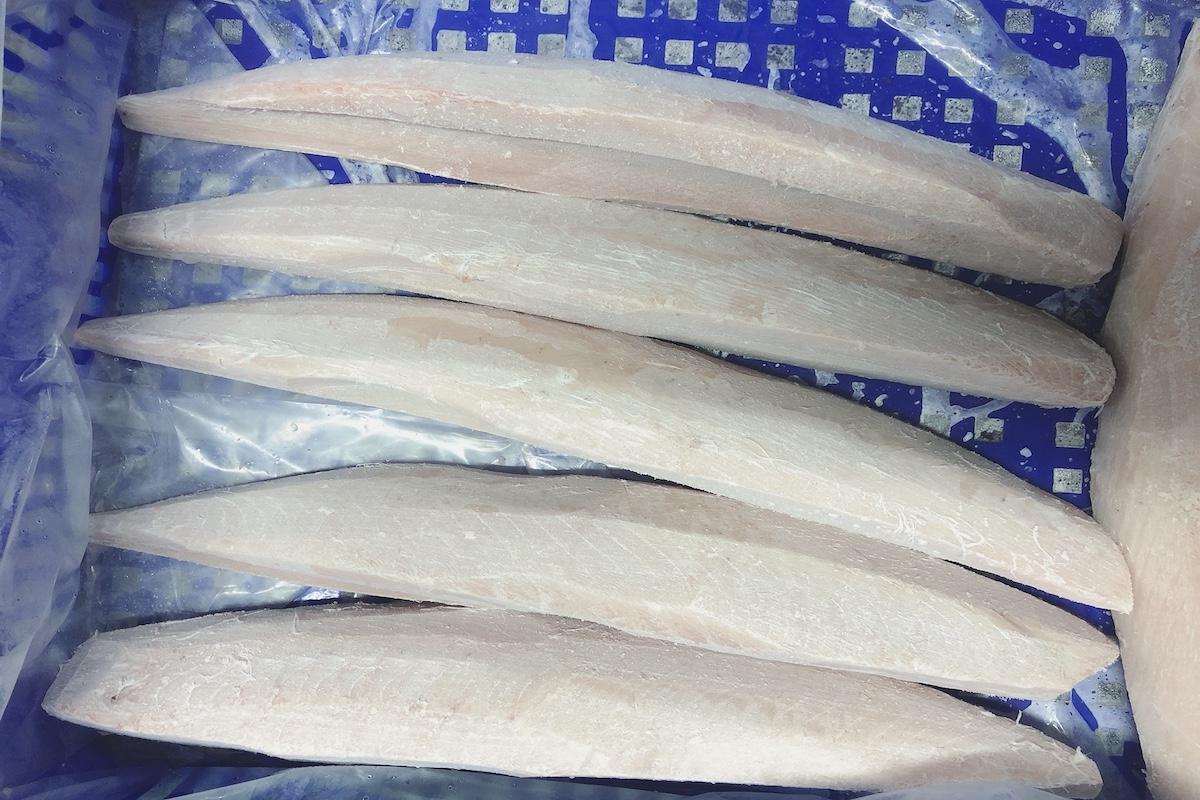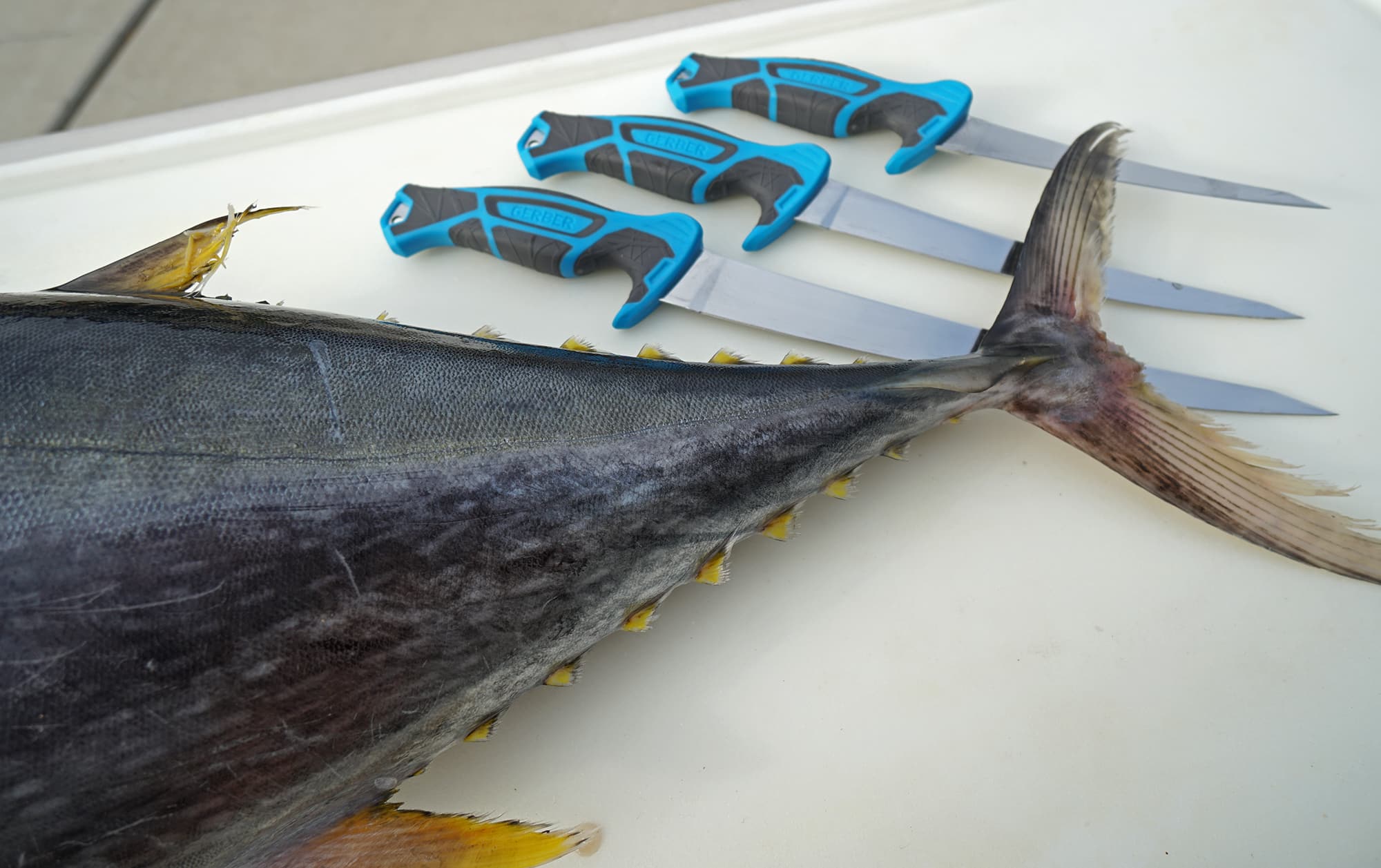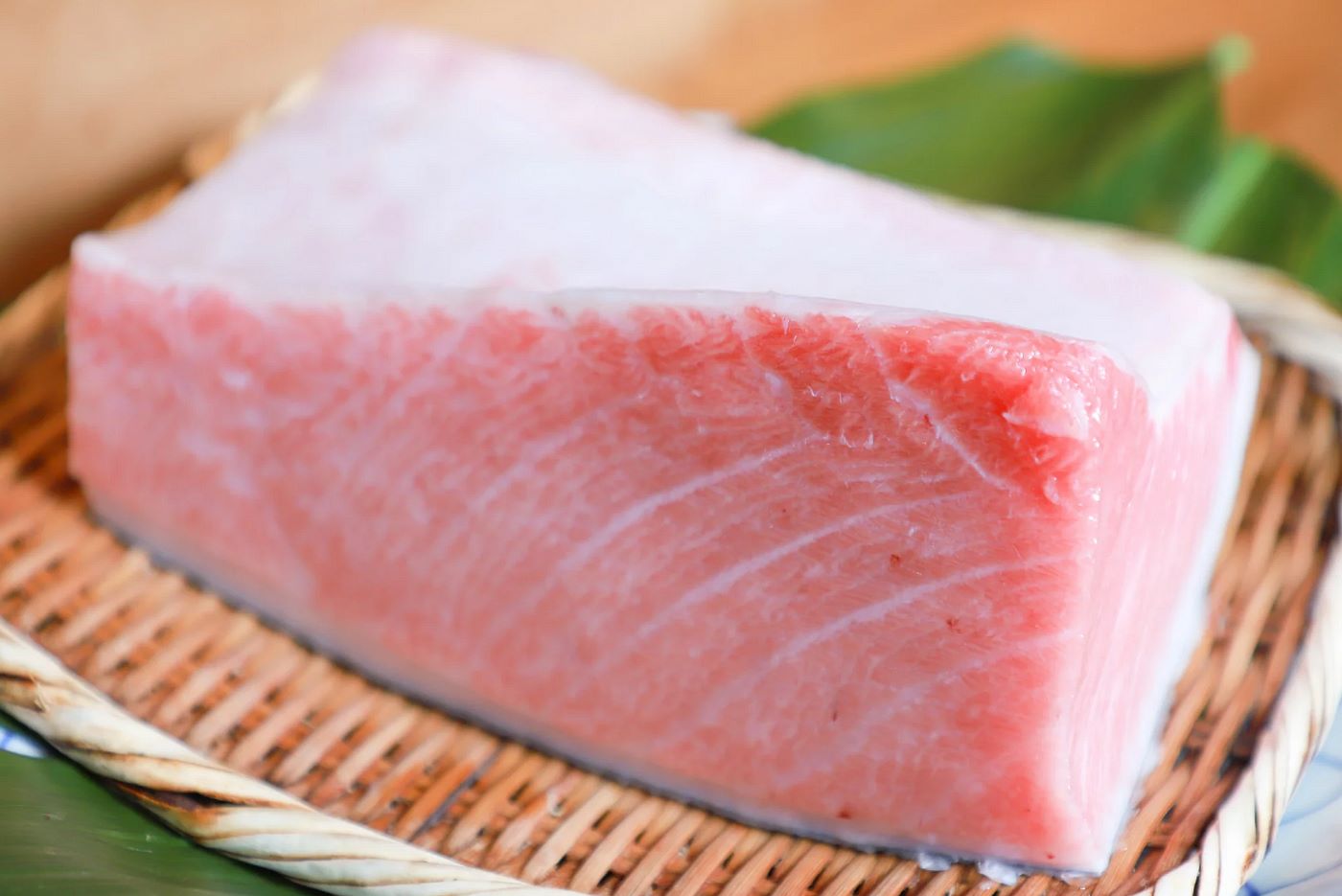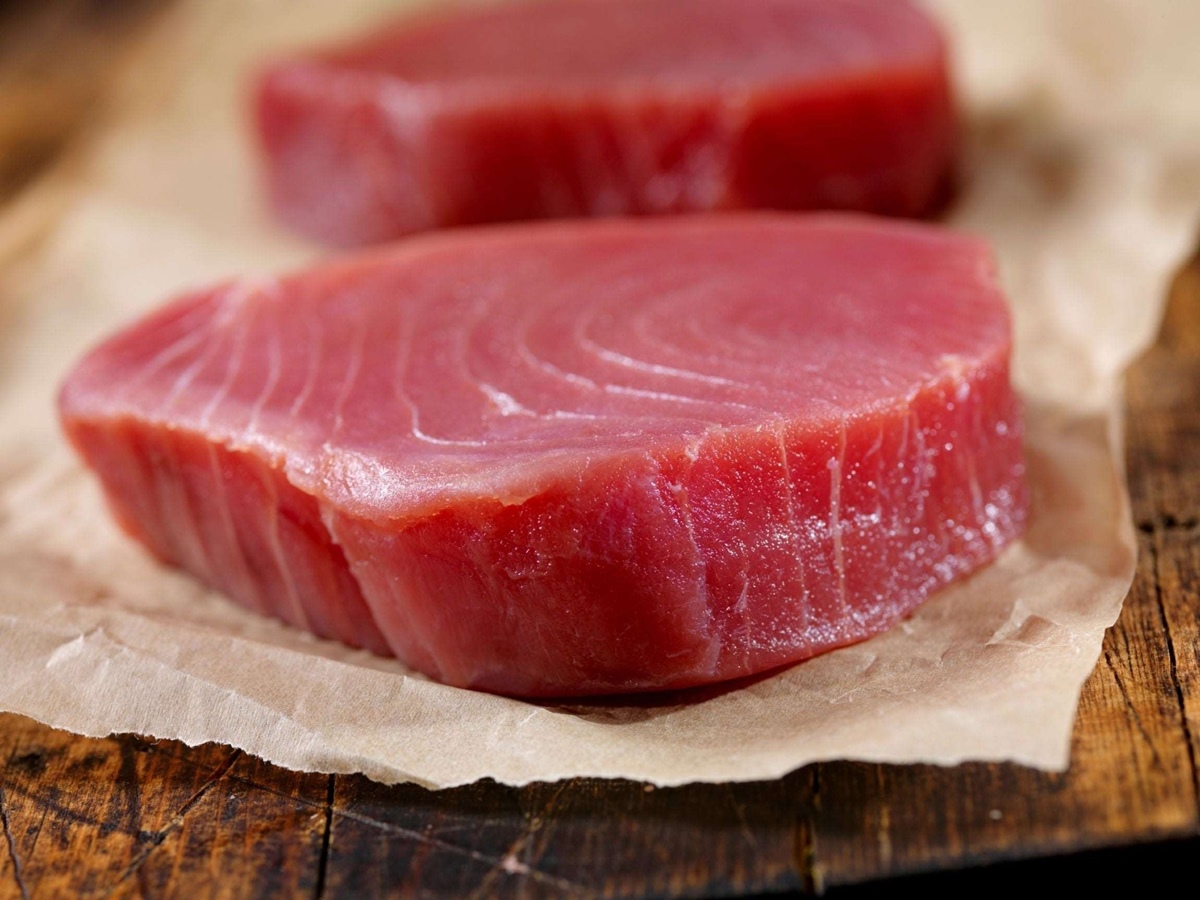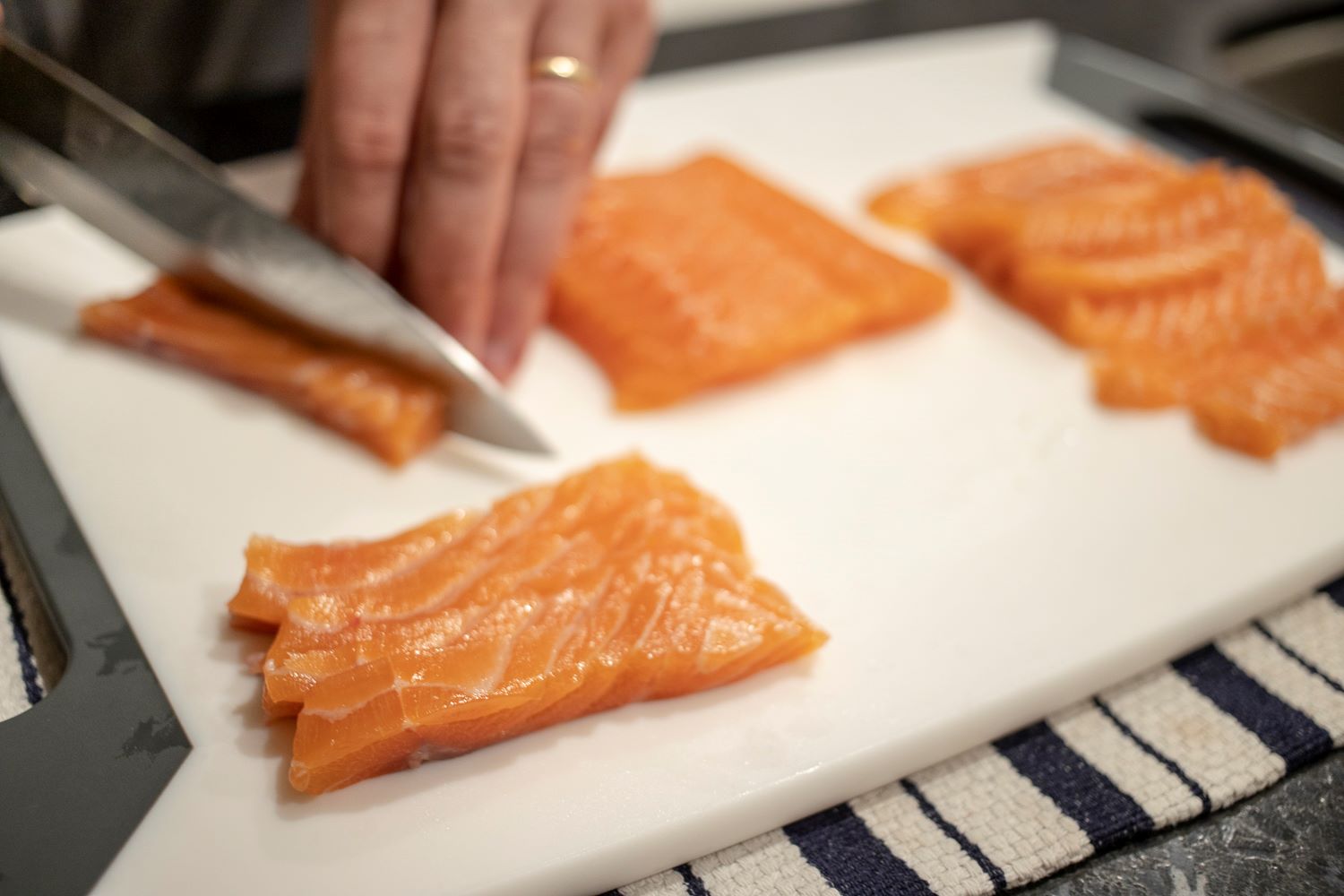Mastering the Art of Tuna Filleting for Perfect Sushi
Welcome to the world of sushi! If you’re a sushi lover, you know that the key to great sushi lies in the quality of the fish. Tuna is a popular choice for sushi due to its rich flavor and buttery texture. To truly elevate your sushi game, it’s essential to learn the art of filleting tuna. Don’t worry, it’s not as daunting as it may seem. With the right tools and techniques, you can become a pro at filleting tuna for sushi in no time.
Tools You’ll Need
Before you dive into the filleting process, make sure you have the right tools on hand. Here’s what you’ll need:
- Sharp fillet knife
- Cutting board
- Towel
- Tweezers or pliers
- Bowl of ice water
Choosing the Right Tuna
When it comes to sushi, quality is paramount. Look for fresh, high-grade tuna with vibrant red flesh. The best cuts for sushi come from the loin, which is located near the spine. If possible, purchase your tuna from a reputable fishmonger or seafood market to ensure the highest quality.
The Filleting Process
Now that you have your tools and a top-quality tuna loin, it’s time to start the filleting process. Follow these steps for a successful fillet:
- Prepare the Work Area: Lay out your cutting board and place a towel underneath to prevent slipping.
- Chill the Tuna: Before you begin, place the tuna loin in the bowl of ice water for a few minutes. This will firm up the flesh and make it easier to work with.
- Cut the Loin: Use your sharp fillet knife to make a clean cut along the bloodline of the tuna loin. This will separate the bloodline from the rest of the flesh.
- Remove the Skin: With the skin side down, carefully slide your knife between the flesh and the skin, using a gentle sawing motion to separate the two.
- Trim and Clean: Inspect the fillet for any remaining bloodline or dark flesh, and trim it away with your knife. Use tweezers or pliers to remove any remaining bones or cartilage.
- Slice with Precision: Once the fillet is clean, use a sharp knife to slice it into thin, even pieces for sushi. Take your time and aim for uniform slices.
Practice Makes Perfect
Like any culinary skill, filleting tuna for sushi takes practice. Don’t be discouraged if your first attempt isn’t flawless. With time and experience, you’ll hone your technique and achieve beautifully filleted tuna for the perfect sushi experience.
Now that you’ve mastered the art of tuna filleting, it’s time to put your skills to the test. Invite some friends over, roll up your sleeves, and enjoy the fruits of your labor with a homemade sushi feast. With your freshly filleted tuna as the star ingredient, you’re sure to impress your guests and elevate your sushi game to a whole new level.
Remember, the key to great sushi lies in the details, and mastering the art of filleting tuna is a crucial step towards sushi perfection. So, grab your tools, select the finest tuna, and start filleting your way to sushi greatness!
